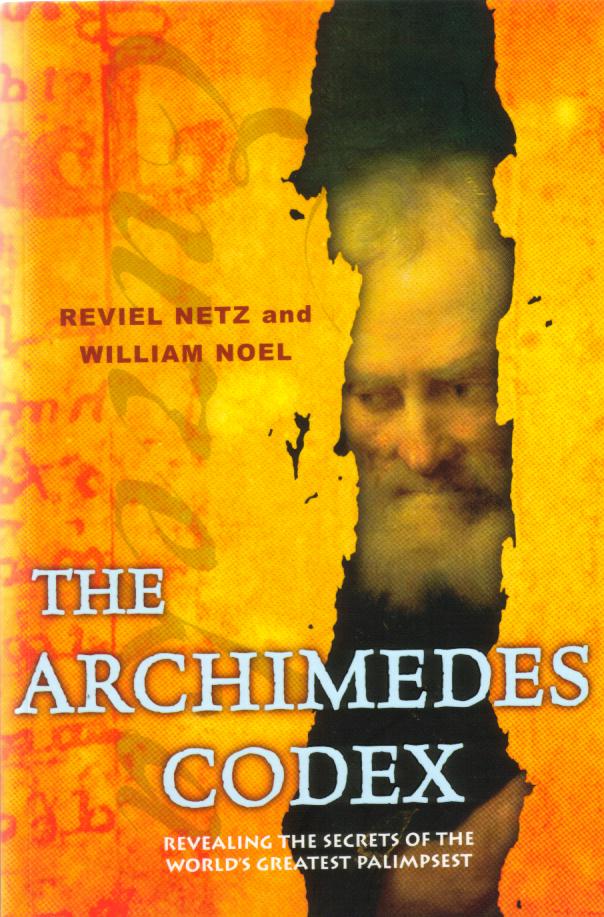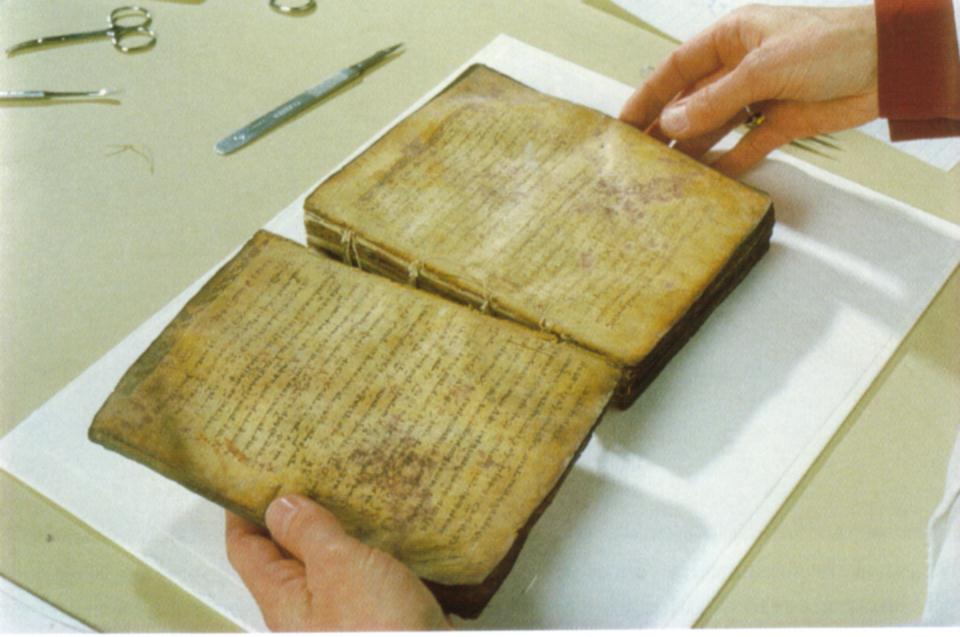2007 Christian Apocrypha Workshop Canceled
The CA Workshop previously discussed HERE has been canceled. The reason is purely financial: SSHRC decided not to fund the event.
Apocryphicity
A Blog Devoted to the Study of Christian Apocrypha

The CA Workshop previously discussed HERE has been canceled. The reason is purely financial: SSHRC decided not to fund the event.
The Annual Meeting of the Society of Biblical Literature is fast approaching (Nov. 17-20). The Program has been posted on-line and several bloggers have been drawing attention to particular sessions (see The Forbidden Gospels on the Gospel of Judas papers). Here are the complete details of the Apocrypha sessions:
…November 19, 1-3 pm
Christopher Matthews, Weston Jesuit School of Theology, Presiding Antti Marjanen, University of Helsinki
Does the Gospel of Judas Rehabilitate Judas Iscariot? (25 min)
Discussion (5 min)
Edward Dixon, Emory University
A Hope for Status Inversion in the Acts of Thomas (25 min)
Discussion (5 min)
Derek S. Dodson, Baylor University
Dream Magic: The Dream of Pilate’s Wife and the Accusation of Magic in the Acts of Pilate (25 min)
Discussion (5 min)
Jennifer A. Glancy, Le Moyne College
Mary in Childbirth (25 min)
Discussion (5 min)
Paul G. Schneider, University of South Florida
A Johannine Trajectory for the Lord's Secret Sacrament (25 min)
Discussion (5 min)November 19, 4-6:30 pm
Abraham Terian, St. Nersess' Armenian Seminary The Armenian Gospel of the Infancy (25 min)
Discussion (5 min)
Claire Clivaz, University of Lausanne
Madness, Philosophical, or Mystical Experiment? A Weird Text, Recognitions 2:61-69 (25 min)
Discussion (5 min)
Päivi Vähäkangas, University of Helsinki
The Doctrine of Creatio ex Nihilo in Pseudo-Clementine Literature (25 min)
Discussion (5 min)
Caleb Webster, Claremont Graduate University
Taking Over Thomas: The Subversion of Judas Didymus Thomas in the Edessene Abgar Tradition (25 min)
Discussion (5 min)
Business Meeting (30 min)November 20, 9-11:30
While we're on the topic of technology and manuscripts, take a look at this video currently making the rounds on the internet (sorry, I don't know how to embed the video in this post). It is a skit from a Norwegian TV show.
 Recently I finished reading Reviel Netz’s and William Noel’s The Archimedes Codex: Revealing the Secrets of the World’s Greatest Palimpsest. The book details the acquisition of a thirteenth-century Christian prayer book that contains, as its underwriting, several works by the third-century BCE Greek mathematician Archimedes. One of these works, Floating Bodies, is found in no other source. But in some places the underwriting is incredibly difficult to read. The Archimedes Codex describes the pioneering scientific efforts to recover Archimedes’ works.
Recently I finished reading Reviel Netz’s and William Noel’s The Archimedes Codex: Revealing the Secrets of the World’s Greatest Palimpsest. The book details the acquisition of a thirteenth-century Christian prayer book that contains, as its underwriting, several works by the third-century BCE Greek mathematician Archimedes. One of these works, Floating Bodies, is found in no other source. But in some places the underwriting is incredibly difficult to read. The Archimedes Codex describes the pioneering scientific efforts to recover Archimedes’ works.
The book led me to thinking about palimpsests of CA texts and the possibility that advances in reading palimpsests could aid in recovering our texts. I am aware only of one such palimpsest: Vindobonensis 563, an eighth-century manuscript written over a fifth-century collection of the Gospel of Nicodemus, the Infancy Gospel of Thomas, and selections from the Gospel of Matthew. Constantin von Tischendorf was the first scholar to see the manuscript and was able to decipher much of it; Guy Philippart (“Fragments palimpsestes latins du Vindobonensis 563 [Ve siècle?]: Évangile selon S. Matthieu, Évangile de Nicodème, Évangile de l’enfance selon Thomas”, AnBoll 90, p. 391-411) revealed more of it in 1972.
 The manuscript is important for the study of Infancy Thomas as it is the earliest known source we have for the text; unfortunately, only a handful of pages from the original manuscript were used by the eighth-century recycler. Virtually all of this material is readable (save for a few lines on two folios). …
The manuscript is important for the study of Infancy Thomas as it is the earliest known source we have for the text; unfortunately, only a handful of pages from the original manuscript were used by the eighth-century recycler. Virtually all of this material is readable (save for a few lines on two folios). …
Several weeks ago I posted the first five of ten concerns I have about the treatment of Christian Apocrypha in recent apologetic books, books principally aimed at combating the popularity of The Da Vinci Code. Happily, that first post led to some discussion here and on April DeConick’s Forbidden Gospels blog. Hopefully, this second post will elicit more discussion. Note that I have added a few citations from the apologetic writers as examples of the phenomena—these are not meant to be exhaustive.
6. All Christian Apocrypha scholars are created equal. The apologists’ main opponents are the so-called “new school” or Harvard school featuring the likes of Elaine Pagels, Helmut Koester, and Bart Ehrman (Bock, Missing Gospels, uses this term to great effect). The tendency, though, is to characterize them as a unit, as if all of them were in agreement on every CA text. Certainly their approach is similar—i.e., they are all sympathetic to the texts and their authors/communities—but not all of them agree on such issues as the dating and origins of the literature (e.g., Ehrman disagrees with other “liberal” scholars on the dating of the Gospel of Peter). In addition, there are numerous other scholars of this literature, rarely cited, who are not as radical as the “new school” in their dating of the texts. To characterize all CA scholarship by its most radical works misrepresents the field.
7. Neglect of the “orthodox apocrypha.” The apologists focus their energy primarily on the gospels that are …